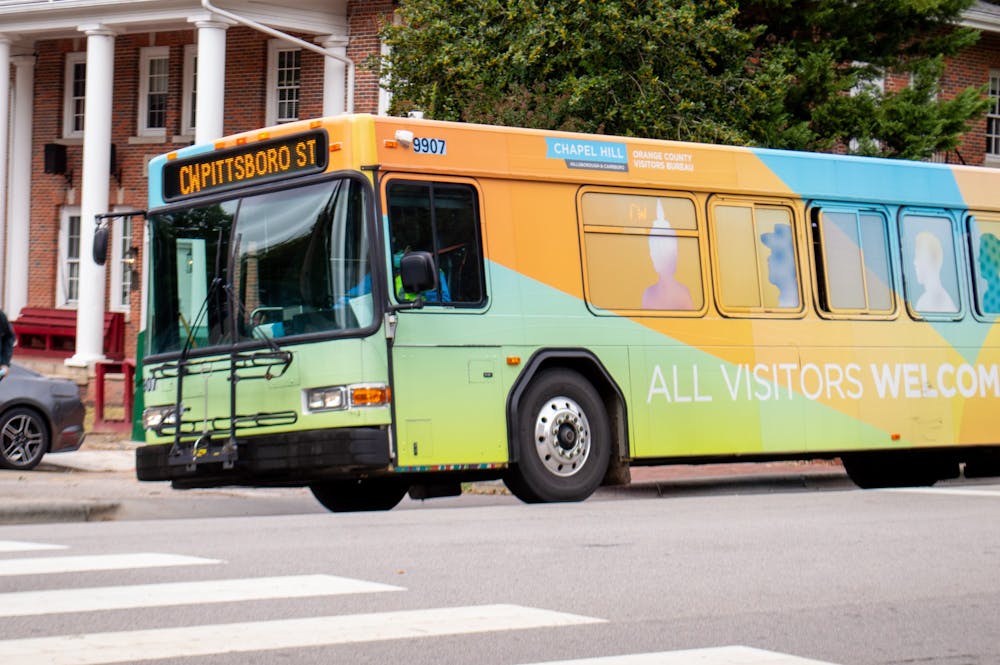While Chapel Hill Transit buses are left without real-time tracking systems, the Moovit app is one resource that can provide users with information on bus lines and times.
The Moovit app launched in 2012 and has expanded to serve over 1.5 billion people across 112 countries, according to Moovit’s website.
Chapel Hill Transit Director Brian Litchfield said Moovit has been on his phone for several years. Moovit includes other transit options, like Uber and Lyft, in the app so users have multiple transportation options, he added. Walking directions are also integrated into the app.
Litchfield said that for about 15 years, Chapel Hill Transit has been able to provide real-time information on bus locations with the NextBus app. However, real-time information has not been available for the last year and a half because of issues with the app's modems.
“When you have the real-time information, you are not necessarily looking at the schedule to determine whether a bus is early or late — you know it’s coming, you know it's on the way,” he said.
Instead of using real-time information, Moovit and other transit apps rely on static bus schedules — not exact bus locations — to generate user transit information, Litchfield said.
He said not having the option to provide community members with this information can make it challenging for some people to utilize public transportation.
UNC senior Lily Vance, who lives in Carrboro, said she likes to take the bus everywhere and that she knows the schedule like the back of her hand. She said she uses apps like Google Maps and TransLoc to find bus schedules.
Vance said it was helpful when the apps provided real-time tracking information, which let users see if buses were running on schedule. She said it has become difficult for people to use the app without this information.



